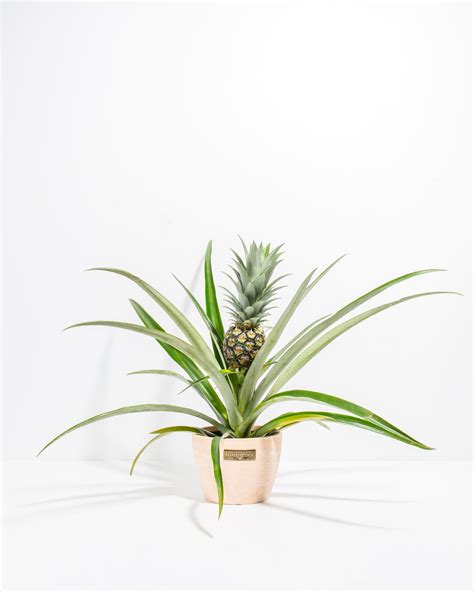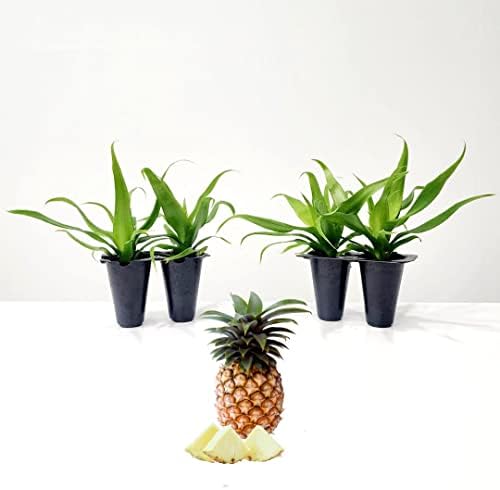Transform your garden into a bountiful oasis with edible landscaping, a growing trend that combines beauty and functionality. By carefully selecting plants that thrive in your climate, you can create a visually stunning and sustainable landscape that also provides fresh, homegrown produce. From fruit trees and berry bushes to vertical gardens and container plants, edible landscaping allows you to maximize space and enjoy the benefits of nature’s bounty right in your backyard. In this article, we’ll explore the top edible landscaping ideas to help you design, maintain, and harvest a garden that’s as delicious as it is beautiful.
Explore this topic with shzow.com in great detail.
1. Selecting the Right Edible Plants for Your Climate
When starting your edible landscaping journey, choosing the right plants for your climate is crucial. Understanding your region’s growing conditions, such as temperature, rainfall, and soil type, will help you select plants that thrive with minimal effort. Research your local USDA Hardiness Zone to identify which fruits, vegetables, and herbs are best suited to your area.
For instance, Mediterranean herbs like rosemary and thyme flourish in warmer, drier climates, while cool-weather crops like kale and spinach perform well in regions with cooler temperatures. Consider native plants, which are naturally adapted to your environment and often require less water and care.
Another key factor is the length of your growing season. In regions with shorter seasons, focus on fast-maturing plants like radishes or leafy greens, or consider using protective structures like cold frames to extend your growing period. By selecting plants that are well-suited to your climate, you’ll not only increase your chances of a successful harvest but also reduce the need for extra watering, fertilizing, and pest control, making your edible landscape more sustainable and rewarding.

2. Designing a Visually Appealing and Functional Edible Landscape
Creating a visually appealing and functional edible landscape involves balancing aesthetics with practicality. Start by planning the layout, considering both the beauty and the accessibility of your garden. Incorporate pathways that allow easy access to different areas, making it simple to harvest and maintain your plants. Use a mix of colors, textures, and heights to add visual interest; for example, pair tall, leafy greens with low-growing herbs and vibrant flowering plants that double as pollinator attractors.
Consider the principles of garden design, such as symmetry and focal points, to structure your landscape. For instance, fruit trees can serve as stunning focal points, while raised beds or containers can define garden areas and add height variation.
Additionally, think about seasonal changes. Plan for a garden that evolves throughout the year by including a variety of plants that peak at different times, ensuring your landscape remains attractive and productive in every season. By thoughtfully combining form and function, you can create an edible landscape that is as beautiful as it is bountiful, offering both aesthetic pleasure and a steady supply of fresh produce.

3. Incorporating Fruit Trees and Berry Bushes
Incorporating fruit trees and berry bushes into your edible landscape adds both visual appeal and long-term productivity. These plants serve as the backbone of your garden, providing structure, shade, and a reliable source of fresh fruit year after year. When selecting fruit trees, consider dwarf or semi-dwarf varieties, which are easier to manage and ideal for smaller spaces. Popular choices include apple, peach, and plum trees, which offer beautiful blossoms in the spring and abundant fruit in the summer.
Berry bushes, such as blueberries, raspberries, and blackberries, are excellent for filling gaps in your landscape and adding color and texture. They can be planted as hedges, borders, or even in containers for a versatile design. Many berry bushes also have attractive foliage and flowers, making them as ornamental as they are productive.
When planting fruit trees and berry bushes, ensure they receive adequate sunlight—typically at least six hours per day—and are spaced correctly to allow for proper growth and air circulation. Mulching around the base of these plants helps retain moisture and reduce weeds, contributing to healthier growth. By strategically placing fruit trees and berry bushes, you can enjoy both the visual and culinary rewards they bring to your edible landscape.

4. Maximizing Space with Vertical Gardening and Container Plants
Maximizing space in your edible landscape is essential, especially if you have a small garden. Vertical gardening and container plants are excellent solutions for making the most of limited areas. Vertical gardening involves growing plants upward, using structures like trellises, arbors, or wall-mounted planters. This method is perfect for climbing plants like tomatoes, cucumbers, and beans, which can thrive with minimal ground space.
Container gardening allows you to grow a variety of edible plants in pots, planters, or even hanging baskets, making it easy to move plants around and optimize sunlight exposure. Herbs, leafy greens, and compact vegetables like peppers and radishes do particularly well in containers.
By integrating vertical and container gardening into your landscape, you can create a layered effect that maximizes space while adding depth and interest to your garden. Additionally, these methods make it easier to control soil quality, drainage, and pests, leading to healthier plants and a more productive harvest, even in the smallest of spaces.
5. Maintaining and Harvesting Your Edible Landscape Throughout the Seasons
Maintaining and harvesting your edible landscape throughout the seasons is key to ensuring a bountiful and beautiful garden year-round. Seasonal care begins with understanding the specific needs of your plants during different times of the year. In spring, focus on planting, fertilizing, and pruning to encourage healthy growth. This is also the time to prepare beds and ensure your soil is rich in nutrients.
As summer approaches, regular watering and mulching are crucial to help plants withstand heat and conserve moisture. Keep an eye out for pests and diseases, taking action quickly to protect your crops. Harvesting typically peaks in late summer and early fall, so be ready to collect fruits and vegetables at their peak ripeness to enjoy the best flavors and nutritional benefits.
In the fall, focus on clearing out spent plants, composting, and preparing the garden for winter. Some plants, like certain leafy greens and root vegetables, can be harvested into late fall or even early winter. Protect your perennials and fruit trees with a layer of mulch to insulate the roots against freezing temperatures.
By staying attentive to the changing needs of your edible landscape, you can enjoy a thriving garden and a continuous supply of fresh, homegrown pro
Edible landscaping is a rewarding way to create a garden that is both beautiful and productive. By selecting the right plants for your climate, designing with aesthetics and functionality in mind, and incorporating smart gardening techniques, you can enjoy a thriving, sustainable space. With proper maintenance, your edible landscape will provide fresh produce and visual delight, enriching your home and l
shzow.com
